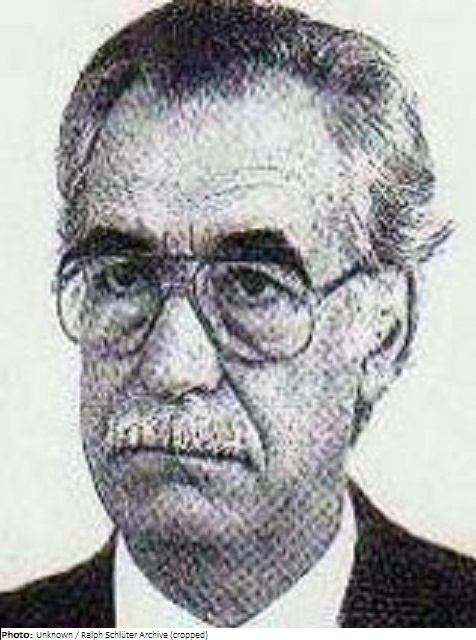José Loureiro

Biographical information
| Roles | Competed in Olympic Games (non-medal events) |
|---|---|
| Sex | Male |
| Full name | José Carlos•Loureiro |
| Used name | José•Loureiro |
| Born | 2 December 1925 in Covilhã, Distrito de Castelo Branco (POR) |
| Died | 31 August 2022 in Valbom, Distrito do Porto (POR) |
| NOC |  Portugal Portugal |
Biography
José Loureiro began his studies at the School of Fine Arts in Porto (ESBAP) in 1941, graduating with honors in 1950. Subsequently, he worked there as an architect and teacher. In 1972 he gave up teaching and worked exclusively as an architect. He was also engaged in the Society of Portuguese Architects and researched, among other things, the relationship between Iberian and South American architecture. It was not until 1992 that he returned to ESBAP as a visiting professor. Loureiro is considered as a leading figure of the third generation of Portuguese modernist architects and was active in the construction of residential, commercial, and service buildings as well as in urban planning.
The Pavilhão dos Desportos, a hall for cultural, sports, and business events that António Soares and Loureiro had designed, was renamed Pavilhão Rosa Mota in 1991 after Portuguese marathon gold medalist Rosa Mota. It is located in the gardens of Porto’s Crystal Palace consisting of a 30-metre-high hemispherical reinforced concrete dome. The building was completed in 1954 but had been used in 1952 for the Roller Hockey World Championship. The capacity was originally about 5,000 spectators. In 2017-19, the pavilion was renovated and modernized.
Results
| Games | Discipline (Sport) / Event | NOC / Team | Pos | Medal | As | |
|---|---|---|---|---|---|---|
| 1952 Summer Olympics | Art Competitions |  POR POR |
José Loureiro | |||
| Architecture, Open (Olympic (non-medal)) | António Soares |